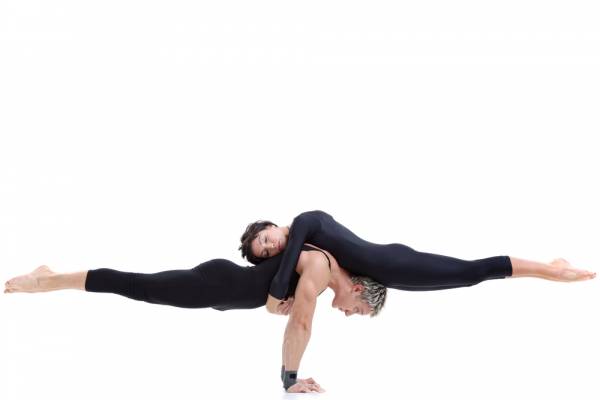Let’s chat a little bit about balance and how we might achieve it in our lives, from the perspective of Brazilian Jiu-Jitsu. We can use grappling as a metaphor, at least in part, as long as we accept we are obviously oversimplifying on both sides. In my previous article, I asked you to examine yourselves and see if there were areas that felt out of balance, in regards to your work, family, down-time, and general experience of life. Perhaps you found some areas where you were not feeling completely content.
Regardless, here are some ways grapplers might deal with being out of balance and an extension of these observations to real life. Keep in mind that in a grappling situation, these steps are happening instantaneously, while in real life we might have the luxury of a bit more time for contemplation. In both situations these steps are also likely recursive, overlapping, and otherwise less distinct than I have made them seem here. Further, in both situations, they depend in large measure on stimulus and feedback from the environment.
1st – Evaluate what is out of balance.
In a training situation, if I am out of position/balance, the first step is to determine the specific issue. Is my weight pitched too far forward? Is my opponent tying up my arm so I can’t use it to post?
In real life, perhaps this determination reveals I have been putting in 14-hour days six days a week for the past month. Or maybe I have been fighting bitterly with my spouse, seemingly endlessly. And perhaps this situation casts a pall over everything else.
2nd – Identify possible courses of action.
In the grappling situation, if my weight is pitched too far forward, I might have several options. Perhaps I could dedicate my weight back or regroup by disengaging. Of course, much of this will depend on external circumstances (for instance, am I mobile enough to disengage?), but identification of the issue will help me zero in on a possible and effective course of action.
In life, the same issues apply in that my possible courses of action depend at least in part on external forces. Are my crazy work hours temporary while I put the finishing touches on an important and potentially lucrative project? Or are they the result of poor supervision and unlikely to end anytime soon?
Once we have a handle on the external forces, we must then determine our capabilities. In grappling, what are we physically willing and able to do? In life, what are we psychologically willing and able to do? Though the answers may be simple, they may not be easy. Here is where our autonomy comes in, and where we need to know ourselves, our limitations, and the difference within ourselves between “truly unable at this moment” and “immobilized by fear or doubt.”
3rd – Make measured, exploratory movements.
One of my favorite self-help authors, Martha Beck, encourages her clients to stay in their current lives as long as they possibly can before making any kind of sweeping change such as quitting a job or leaving a relationship. Maybe  I’m an unlikely advocate for the small movement given that in 2006 I turned my life upside down to such an extent (left my career, sold my home, moved from the city I was living in) that I now think about my life in terms of Before and After that defining moment. But in my unscientific opinion, it is far better to try for more localized, less traumatic solutions to problems of balance before going for the grand gesture. And the concept of Occam’s razor is consistent with this, where the simpler explanation for a phenomenon is usually the more likely.
I’m an unlikely advocate for the small movement given that in 2006 I turned my life upside down to such an extent (left my career, sold my home, moved from the city I was living in) that I now think about my life in terms of Before and After that defining moment. But in my unscientific opinion, it is far better to try for more localized, less traumatic solutions to problems of balance before going for the grand gesture. And the concept of Occam’s razor is consistent with this, where the simpler explanation for a phenomenon is usually the more likely.
Similarly, in grappling, the times when we are off balance are the exact wrong times to freak out and flail around like an electrocuted octopus. Rather, these are the times to resist the urge to overcompensate, lest we simply land on our face on the OTHER side of our opponent’s body. This does not mean we can’t move quickly and forcefully. It does mean, however, we ought constantly to adjust our movements to account for the feedback we get from our opponents.
Described this way, balance can be seen as almost a living thing. It is certainly not a static entity or state, either in grappling or in life. Rather, it is a perpetual negotiation involving our choices, the feedback (physical or psychological) we receive on these choices, and the adjustments we are willing to make as a result of this feedback. And any of these elements can change over time or even in the next moment.
So perhaps the best way to achieve balance systematically is to understand we will constantly be working to achieve balance systematically throughout our training sessions and our lives.
Now having looked at your life for places out of balance and thought through these steps, do you see actions you can take to bring yourself to a more centered place?






